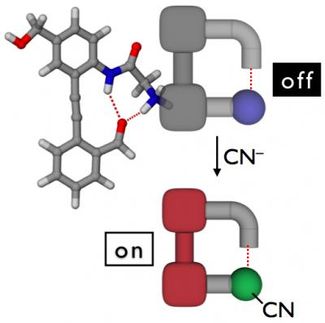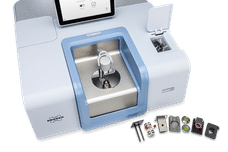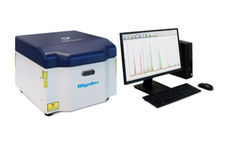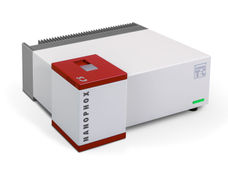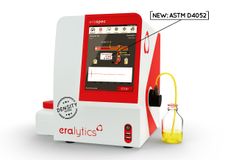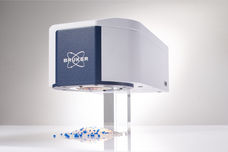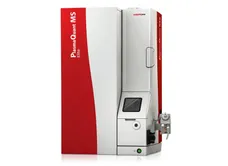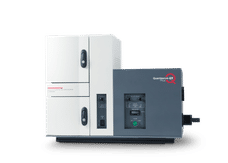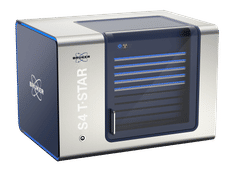Improved technique determines structure in membrane proteins
Advertisement
Understanding the form and function of certain proteins in the human body is becoming faster and easier, thanks to the work of researchers at the University of Illinois. By combining custom-built spectrometers, novel probe designs and faster pulse sequences, a team led by Illinois chemistry professor Chad Rienstra has developed unique capabilities for probing protein chemistry and structure through the use of solid-state nuclear magnetic resonance spectroscopy.
The researchers' recent results represent significant progress toward atomic-scale resolution of protein structure by solid-state NMR spectroscopy. The technique can be applied to a large range of membrane proteins and fibrils, which, because they are not water-soluble, are often not amenable to more conventional solution NMR spectroscopy or X-ray crystallography.
"In our experiments, we explore couplings between atoms in proteins," Rienstra said. "Our goal is to translate genomic information into high-resolution structural information, and thereby be able to better understand the function of the proteins."
Solid-state NMR spectroscopy relaxes the need for solubility of the sample. In solution NMR spectroscopy, molecules are allowed to tumble randomly in the magnetic field. In solid-state NMR spectroscopy, molecules are immobilized within a small cylinder called a rotor. The rotor is then spun at high speed in the magnetic field.
"With increased speed and sensitivity, we can obtain very high resolution spectra," Rienstra said. "And, because we can resolve thousands of signals at a time – one for each atom in the sample – we can determine the structure of the entire protein."
To improve sensitivity and accelerate data collection, Rienstra's group is developing smaller rotors that can be spun at rates exceeding 25,000 rotations per second. The faster rotation rate and smaller sample size allows the researchers to obtain more data in less time, and solve structure with just a few milligrams of protein.
Other news from the department science
These products might interest you
Most read news
More news from our other portals
See the theme worlds for related content
Topic World Spectroscopy
Investigation with spectroscopy gives us unique insights into the composition and structure of materials. From UV-Vis spectroscopy to infrared and Raman spectroscopy to fluorescence and atomic absorption spectroscopy, spectroscopy offers us a wide range of analytical techniques to precisely characterize substances. Immerse yourself in the fascinating world of spectroscopy!

Topic World Spectroscopy
Investigation with spectroscopy gives us unique insights into the composition and structure of materials. From UV-Vis spectroscopy to infrared and Raman spectroscopy to fluorescence and atomic absorption spectroscopy, spectroscopy offers us a wide range of analytical techniques to precisely characterize substances. Immerse yourself in the fascinating world of spectroscopy!



